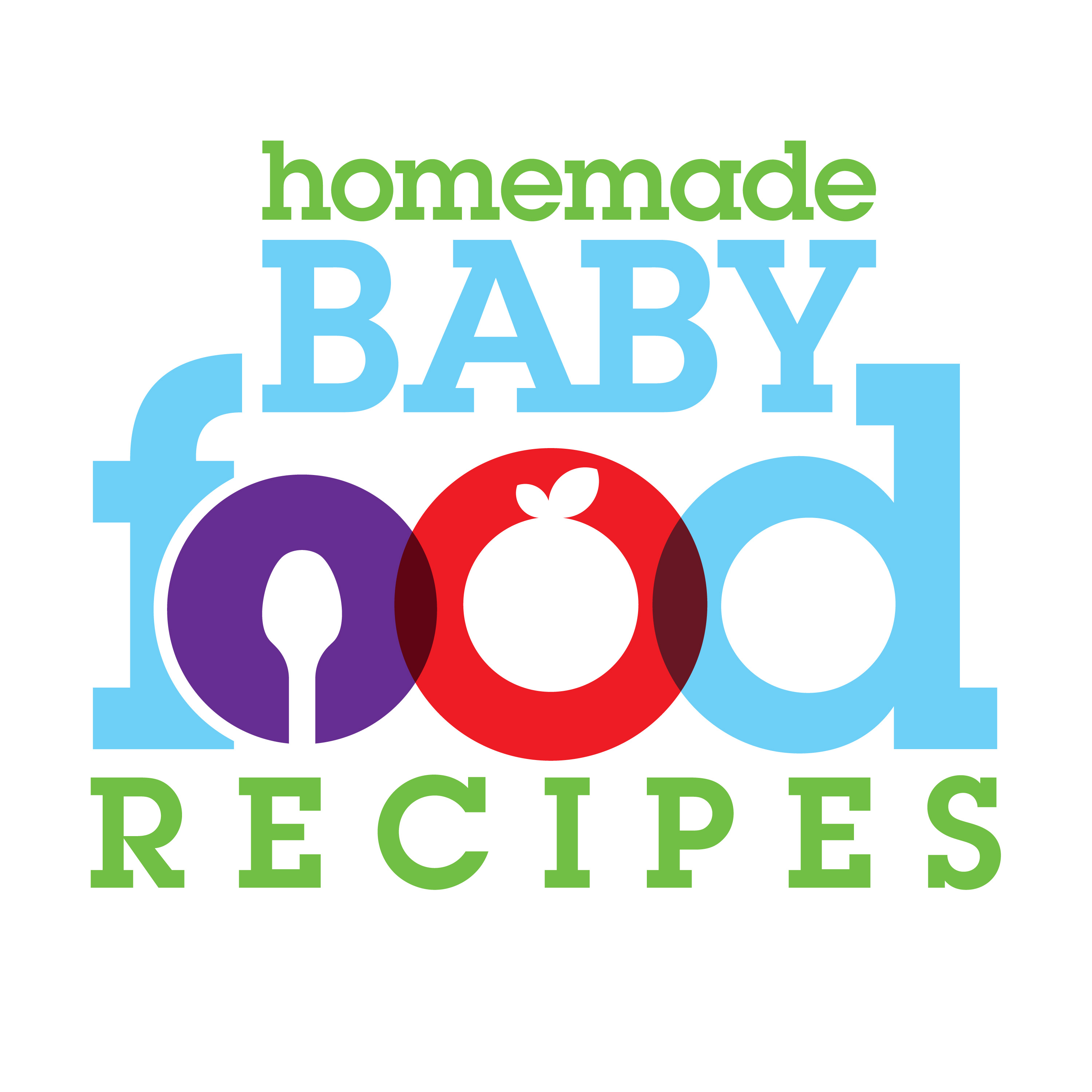In the news yesterday were reports about research published in the Journal of Nutrition Education and Behavior, linking childhood obesity to Mom’s failure to spot signs of satiety in their little ones… in other words, Mom not recognizing that baby is full.
Researchers found that
…maternal sensitivity to the infant’s feeding state, as reflected by the Feeding Scale scores, suggests that an unwillingness to slow the pace of feeding or terminate the feeding when the infant shows satiation cues may be overriding the infant’s ability to self-regulate its intake.
 The authors did go on to acknowledge that interfering in the “primal behavior” of the feeding process might be harmful, by undermining Mom’s confidence in her ability to successfully feed her baby. They were concerned that any advice in this area might be construed as an accusation of poor mothering.
The authors did go on to acknowledge that interfering in the “primal behavior” of the feeding process might be harmful, by undermining Mom’s confidence in her ability to successfully feed her baby. They were concerned that any advice in this area might be construed as an accusation of poor mothering.
There’s no doubt that getting to grips with feeding a baby – particularly the first time around – isn’t always plain sailing! It can be really hard to judge just how much food to offer – but the report’s authors are probably quite right in saying that Moms might be upset by any insinuation that they are not doing their jobs properly. Can you imagine the guilt if someone tried to suggest that it’s your fault your little one is carrying a little excess weight?
Nevertheless, it’s definitely a good idea to try to learn how to spot signs of fullness in your baby, particularly once you’ve introduced solids.
Your amazing baby is actually born with the ability to regulate his food intake – that means he knows just how much he needs and (usually!) when to stop eating! At the point of fullness, many babies start to give signals they’ve had enough.
Signs that your baby is full include…
- Closing his mouth and refusing to open it
- Pushing the spoon away or turning his head away from it
- Leaning back in his highchair
- Becoming restless during the meal
A baby under 6 months of age may not demonstrate these signs very clearly – if at all. That’s one of the reasons why the introduction of solids before 6 months of age is not recommended.
After 6 months, these signals become easier to read… and the point of this new research is that we need to respect those signals – rather than urging our little ones to continue eating.
Of course, there are gray areas here – for example, one of our babies clamped her mouth shut right at the start of a meal and had to be coaxed to eat – it certainly wasn’t fullness that caused her to do so, it was more of a reluctance to try something new!
And some babies are constantly restless in their highchairs, preferring to explore the big, wide world rather than sitting still to eat! In these cases, then of course a little persuasion is needed – and you are certainly the best judge of that.
But the important thing to remember here is that if your child really seems to be telling you he’s had enough to eat, then don’t insist he has more – even if it does mean throwing away half a bowl of your lovely homemade baby food!
Better that than to upset his wonderful ability to control his calorie intake, a skill which helps prevent obesity and weight problems in later life.
We have more information about overfeeding and underfeeding – plus plenty of tips for dealing with baby food problems – here…

adiaha
Thursday 14th of May 2009
thanks for the info, it isn't always intuitive